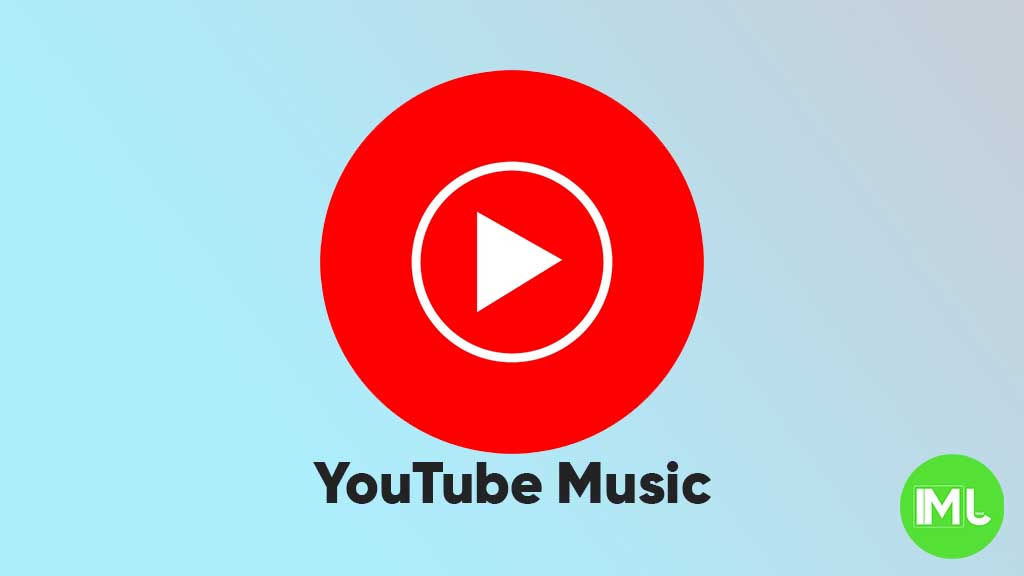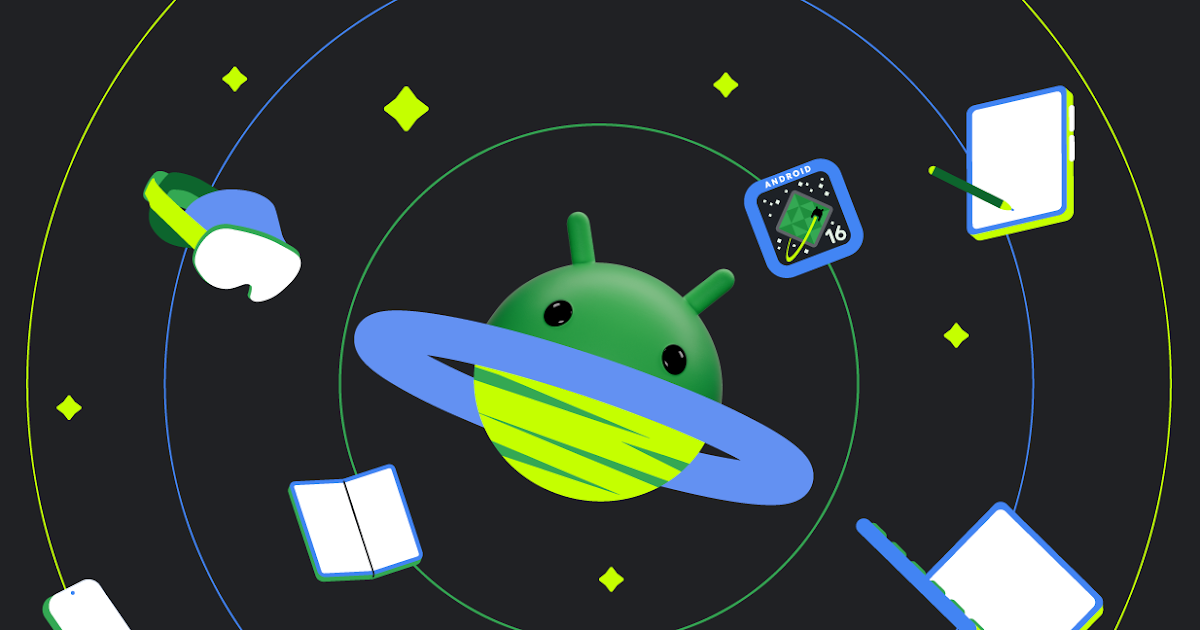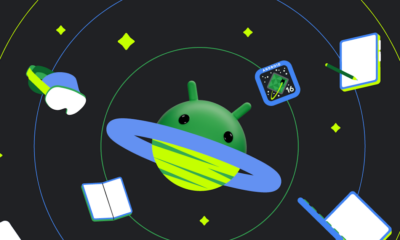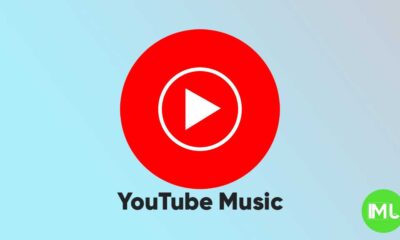Google Fi awaits Apple’s RCS support for iPhones, search widget gets custom shortcuts and Wear OS gets health upgrades

Top 3 Key Points:
- Google Fi waits on Apple to enable RCS support for iPhone users, despite iOS 18’s release.
- Google updates its iPhone Search widget with customizable shortcuts like Gemini and Lens.
- Wear OS smartwatches will soon get health upgrades through a partnership between Google and Masimo.
Google Fi and RCS Support for iPhones
With the launch of iOS 18, Rich Communication Services (RCS) is now available to improve messaging between Android and iPhone users. However, Google Fi is still waiting on Apple to enable this feature for its iPhone users. Google has already done the necessary technical work on its end, but only Apple can activate RCS interoperability for Fi users.
As of now, RCS is enabled on major U.S. carriers such as AT&T, Verizon, and T-Mobile, but not yet on other networks like Mint Mobile. According to 9to5Mac, enabling RCS requires an updated carrier file to be sent to Apple, which is then distributed through an over-the-air update. Currently, Apple’s support documents don’t specify when or if RCS will be enabled for carriers like Google Fi.
Google has expressed hope that Apple will enable this feature soon. As of now, Google Fi users with Android phones can use RCS to communicate with iPhone users, provided the latter has RCS enabled.
Google Search Widget Adds New Shortcuts for iPhone
Google has updated its Search widget for iPhone and iPad, introducing customizable shortcuts, including one for its AI platform, Gemini. Previously, the widget offered quick access to Lens, Voice Search, and Incognito Mode, but now users can personalize the shortcuts with options like Song Search, Google Translate, and even Google Lens features like homework assistance.
The ability to customize these shortcuts improves usability, allowing users to quickly access their most-used tools. Google is also working on a similar update for Android’s Search widget, though it might only allow one customizable shortcut next to Voice Search and Lens.
Wear OS Smartwatches Get Health Upgrades
Google is teaming up with Masimo, a health technology company, to improve the health-tracking capabilities of Wear OS smartwatches. The partnership will create a “reference platform” that helps smartwatch manufacturers integrate Masimo’s biosensing technology, which has been used in hospital monitoring systems, into future Wear OS devices.
This platform will offer a suite of health and wellness tools designed to provide accurate and reliable data, while also being compatible with Android smartphones. Manufacturers will still have creative control over the smartwatch design and features but will benefit from Masimo’s health tech expertise.
This collaboration is significant as Masimo has been involved in a legal battle with Apple over health-tracking technology in the Apple Watch. The dispute led to Apple disabling blood oxygen tracking in some of its latest models.
YouTube Music adds new feature to keep song volume steady

YouTube Music is rolling out a new feature called “Stable volume” to make your listening experience better. This option helps keep the sound level the same across all songs, so you won’t have to turn the volume up or down when switching tracks.
Sometimes, songs are louder or softer depending on how they were made. This new feature fixes that by adjusting each track so that all music plays at a similar volume. It’s especially useful when you’re using headphones or listening in the car.
You can find this option in the YouTube Music app by going to Settings > Playback & restrictions, where you’ll see a switch for “Stable volume.” It works for both free and Premium users, and it’s now appearing on Android devices (version 7.07 or later). iOS support may come soon, but it’s not available yet.
This is a welcome update, as many streaming apps like Spotify and Apple Music already have similar volume balancing tools. It helps make playlists and albums sound smoother and more enjoyable without constant volume changes.
So far, the feature is being released in stages, so you might not see it right away, but it should show up soon for everyone.
Android
Android 16 beta adds battery health info, Pixel Fold gets better at detecting opens and closes

Google has released the Android 16 Beta 1 update for Pixel phones, and it brings some helpful new features. One of the key additions is battery health information, which is now available in the settings. Pixel users can now see the battery’s manufacturing date, charge cycles, and overall health score. This can help people understand how well their battery is holding up over time. While this feature is currently hidden under developer options, it might be fully added in a future update.
At the same time, Google is also working to improve the Pixel Fold. With Android 16 Beta 1, there’s a new system that better detects when the phone is opened or closed. This new method uses the hinge angle to more accurately understand the device’s position. Unlike older systems that could be affected by software bugs or slow response times, this new one seems to be more reliable and faster.
These changes are important for people who use foldable phones like the Pixel Fold, as better hinge detection can lead to smoother app transitions and fewer bugs. And for all Pixel users, having detailed battery info can help with managing phone performance and deciding when it’s time for a battery replacement.
Overall, Android 16 Beta 1 focuses on giving users more control and smoother experiences, especially for those with foldables.
Android
Android 16 could bring colorful always-on display to Pixel phones

Google is working on Android 16, and it looks like the update could bring more color to the always-on display (AOD) feature on Pixel phones. Right now, the AOD mostly shows white text on a black screen. But a new setting found in the Android 16 Developer Preview hints at the ability to add colors to this display.
The new feature is called “AOD Preview,” and it includes a switch labeled “Color AOD.” While this setting doesn’t work yet, it suggests that Google might be planning to show colorful content even when the screen is in low-power mode.
This change could make AOD look more lively, maybe by adding color to the clock, notifications, or wallpaper. So far, it’s not clear exactly what will change or how customizable it will be, but the feature seems to be in early testing.
Samsung already has more colorful AOD options on its Galaxy devices, so this update could help Pixel phones catch up. Google often introduces new features first on Pixel devices before making them available to other Android phones.
Android 16 is still being developed, and many features are not ready yet. But if Color AOD becomes part of the final release, Pixel users could get a more vibrant and useful always-on display in the near future.
-

 Apps1 year ago
Apps1 year agoGboard Proofread feature will support selected text
-

 News1 year ago
News1 year agoSamsung USA crafting One UI 6.1.1
-

 News1 year ago
News1 year agoBreaking: Samsung Galaxy S22 may get Galaxy AI features
-

 News1 year ago
News1 year agoSamsung Galaxy S23 Ultra with One UI 6.1 and all S24 AI features revealed
-

 News1 year ago
News1 year agoOne UI 6.1 Auracast (Bluetooth LE Audio) feature coming to many Samsung phones
-

 News1 year ago
News1 year agoSatellite SOS feature coming to Google Pixel phones, evidence leaked
-

 Apps11 months ago
Apps11 months agoGoogle’s fancy new Weather app is finally available for more Android phones
-

 News1 year ago
News1 year agoGoogle Pixel evolves as Europe’s third best selling flagship






